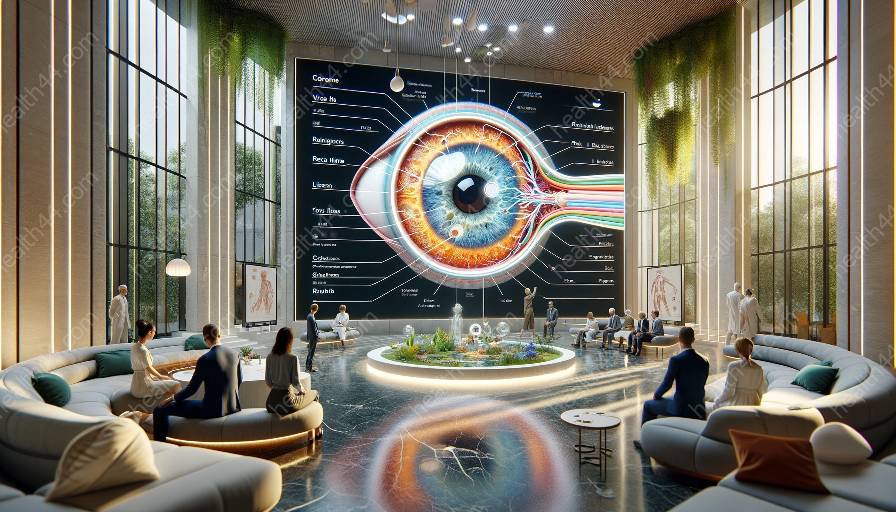As we age, our eyes undergo changes that can affect vision. In this comprehensive guide, we delve into age-related eye conditions and their impact on eye anatomy. Furthermore, we explore the role of vision rehabilitation in managing these conditions and improving overall eye health.
Understanding Age-Related Eye Conditions
Age-related eye conditions encompass a range of disorders that become more prevalent as people grow older. These conditions can impact various parts of the eye, leading to vision changes and, in some cases, vision loss. Some of the most common age-related eye conditions include:
- Age-Related Macular Degeneration (AMD)
- Cataracts
- Glaucoma
- Diabetic Retinopathy
- Presbyopia
These conditions can significantly affect daily life and require specialized care and management strategies.
Impact of Age-Related Eye Conditions on Eye Anatomy
Age-related eye conditions can have profound effects on the anatomy of the eye. For instance, in age-related macular degeneration, the macula, which is located at the center of the retina, deteriorates over time, leading to central vision loss. Cataracts involve the clouding of the eye's natural lens, causing blurry vision and difficulty seeing in low light conditions. Glaucoma affects the optic nerve, often resulting in peripheral vision loss.
Understanding the specific anatomical changes associated with these conditions is crucial for developing effective treatment and rehabilitation approaches.
Vision Rehabilitation for Age-Related Eye Conditions
Vision rehabilitation plays a critical role in helping individuals with age-related eye conditions optimize their remaining vision and maintain independence. This comprehensive approach involves:
- Low Vision Therapy: Specialized techniques and devices to maximize the use of remaining vision and improve quality of life.
- Orientation and Mobility Training: Teaching individuals how to safely navigate their environment, especially if peripheral vision is affected.
- Assistive Technology: Utilizing a range of technological tools, such as magnifiers and screen readers, to support daily activities.
- Counseling and Support: Providing emotional and psychological support to help individuals cope with vision loss and adjust to lifestyle changes.
Vision rehabilitation empowers individuals with age-related eye conditions to adapt to their visual challenges and enhance their overall well-being.
Conclusion
Age-related eye conditions can have a significant impact on eye anatomy and visual function. By understanding these conditions and the associated anatomical changes, as well as the role of vision rehabilitation in managing them, individuals can proactively address their eye health needs and lead fulfilling lives despite visual impairments. With advancements in vision rehabilitation, it is possible to enhance the quality of life for those affected by age-related eye conditions.





















